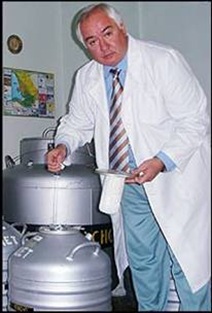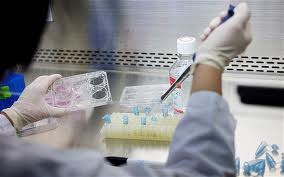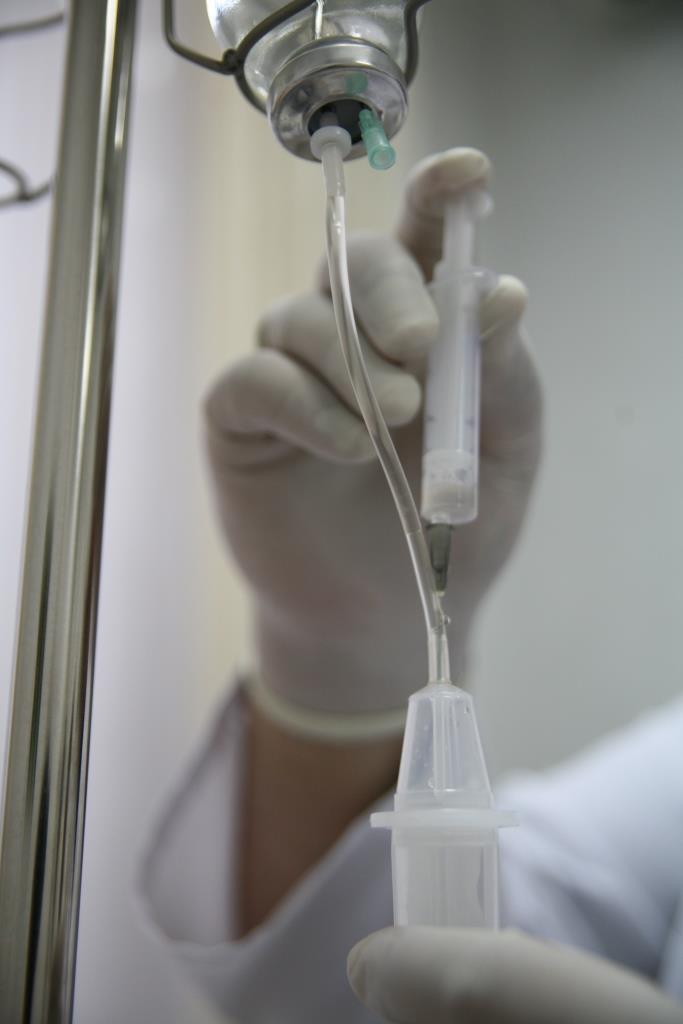Embryonic Stem Cell
Stem Cell / Embryonic Stem Cell
 |
Although Stem Cells research originated in USA, but in recent years, mass media have been actively discussing the prospect of clinical application of Stem Cells Therapy, Scientists of many countries are actively taking part in the research & development of stem cells therapy. The world first stem cells bank (cryo-bank) was set up in England.
Professor Dr. Alexander Smikodub was the world first specialized in using Embryonic Stem Cells (5 – 8 weeks old) suspension for therapeutic purpose in 1994 in Kiev, Ukraine. |
|
The Sources of Stem Cells
1. Adult Stem Cells: found in various organs, but their numbers are few, & their powers of regeneration are lower.
2. Cord blood stem cells: good for blood & immune system disorders.
3. Embryonic stem cells: embryo has large number of stem cells. They have high ability to differentiate, since immunity
has not been established, then will not has immune rejection problem.
Stem Cells
Stem Cell being the mother of all cells and the “precursors” of specialized cells are predicted to have an unlimited potential as a source of “spare parts” for human body.
Stem cells are “Master Cells” and able to develop into almost any cells in the human body such as blood, skin, livers, mucosa and other cells composing body tissues.
Since specialized cells in our body live for only a certain period of time, their count should be constantly maintained.
In a diseased body, production of specialized organs and tissues forming cells is impaired therefore transplantation of young embryonic stem cells is indicated to restore the impared functions, disease progression and inhibit aging process thus improve quality of life.
|
 |
Embryonic Stem Cells
 |
Embryonic stem cells are obtained from 5 – 8 weeks old embryo (Embryonic Stage) where it consist of 3 layers of cells.
- Outer layer (Ectoderm)
- Middle layer (Mesoderm)
- Inner layer (Endoderm)
Fertilized egg → Blastocyst Stage (2 layers of cells) → Embryonic Stage (3 layers of cells)
|
Early Embryonic Stem Cells (1 – 2 weeks old; blastocyst stage) in vitro characterized by uncontrolled growth and capable of causing teratoma and other complications.
Where as Embryonic Stem Cells (5 – 8 weeks old; embryonic stage) have already passed the first stage of specialization, lost the capacity for uncontrolled growth and “know” what cells or tissues to differentiate to, so no risk of tumor development.
In Vivo
Ectoderm will differentiate to become skin, hair and nervous system, eye, ear…… etc.
Mesoderm will differentiate to become cardiac muscle, skeletal muscle cells, tubules of kidney, red blood cells, smooth muscle (in gut)…… etc.
Endoderm will differentiate to become lung, thyroid gland, pancreatic cells, throat, virginal, uterus, ovaries, stomach, liver…… etc.
Embryonic Stem Cells Therapy
Different type of Embryonic Stem Cells are used in transplantation. The best results have been achieved through combination of different cell types. Upon administration of Embryonic Stem Cells suspension to the recipient, stem cells migrate, allocate in organ and tissue (engraft), create clones (self-support), proliferate under the influence of local cytokines, differentiate and participate in morphogenesis.
Stem Cell Treatment in partial or full restoration of the impaired functions, disease progression and aging process inhibition and improve quality of life.
 |
.JPG) |
The Power of Healing by Embryonic Stem Cells (Therapeutic Effects)
Embryonic stem cells surface has many Chemokine receptors. Chemokine is a protein which is released by a damaged part of body calling for help. When the chemokine attach onto the receptors of the stem cells, these stem cells will travel to the damaged tissue or organ to start repairing work.